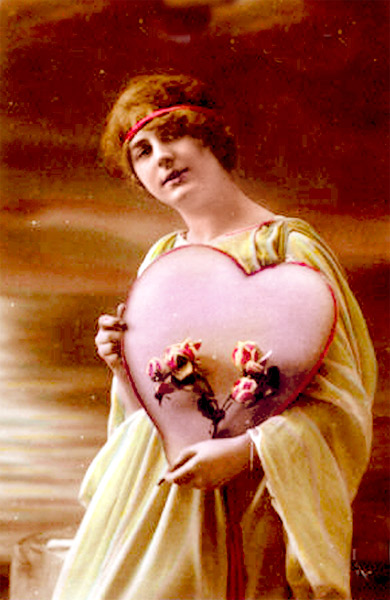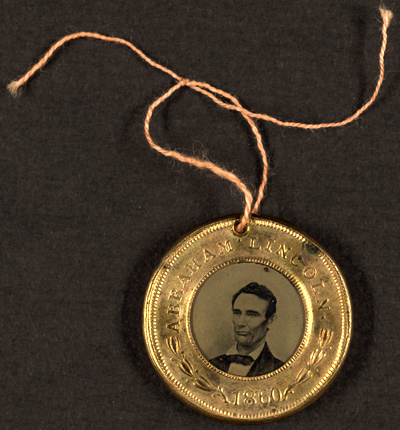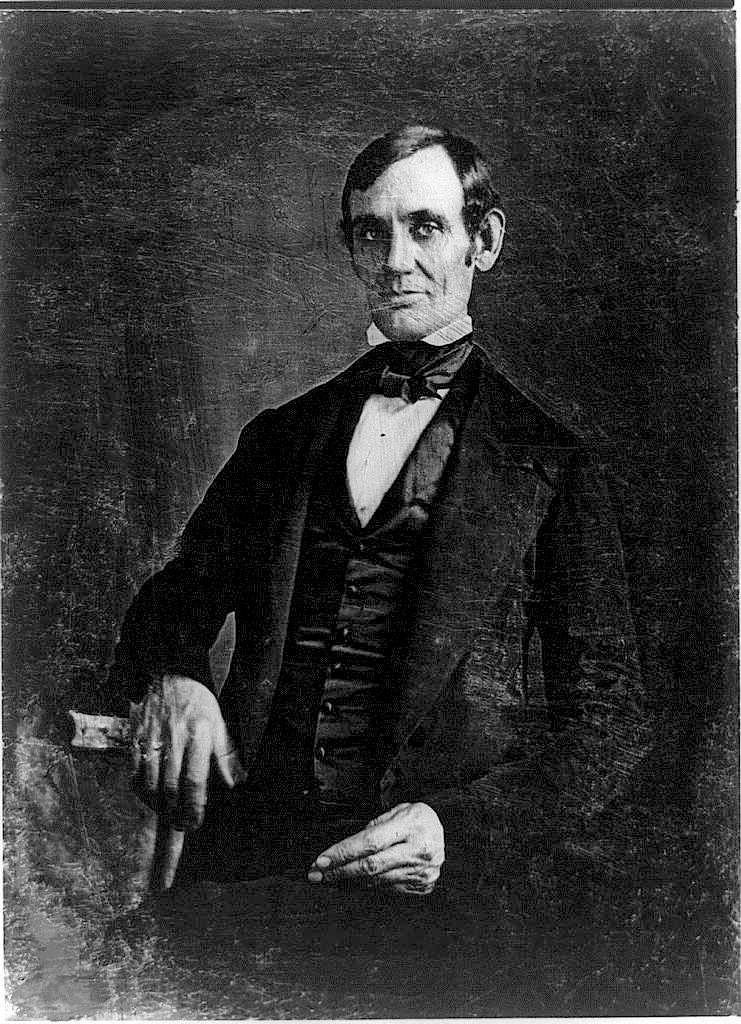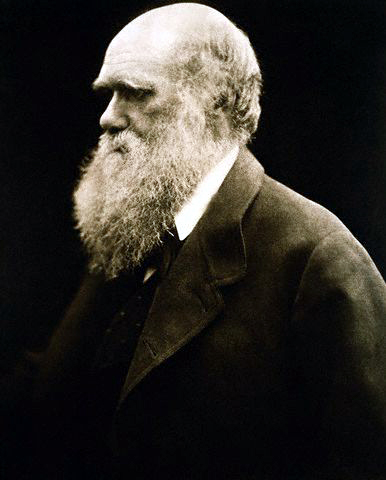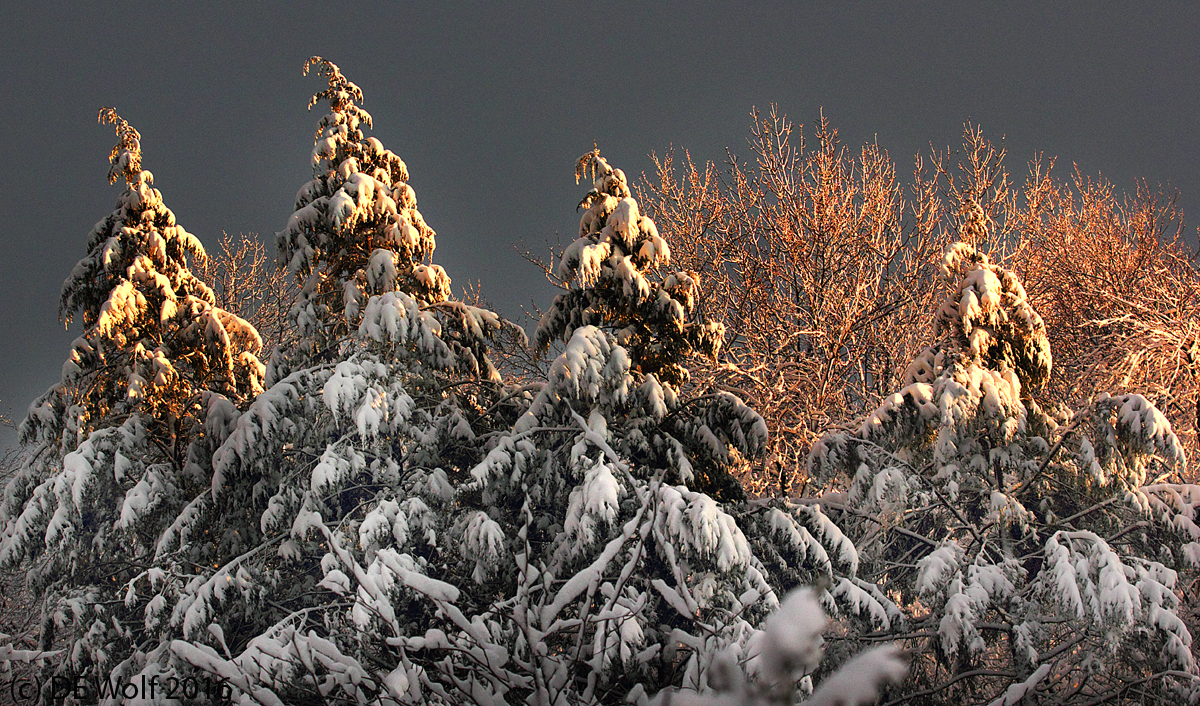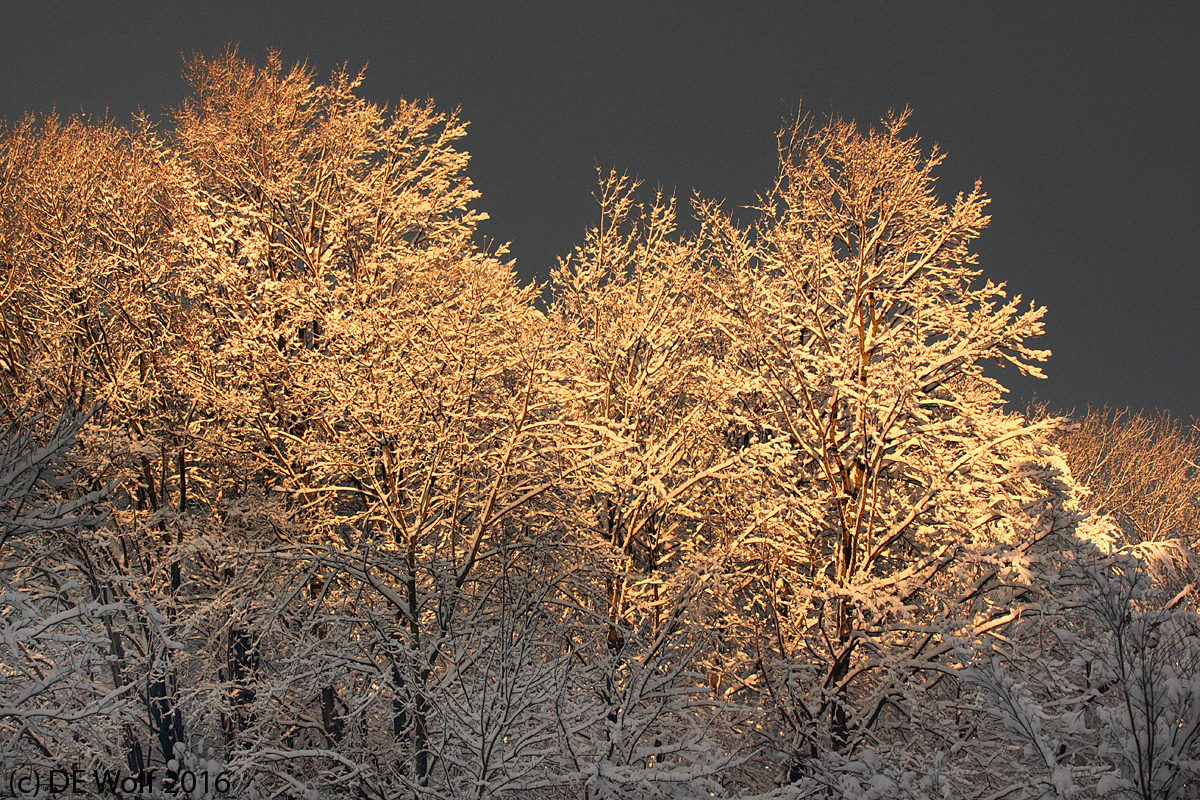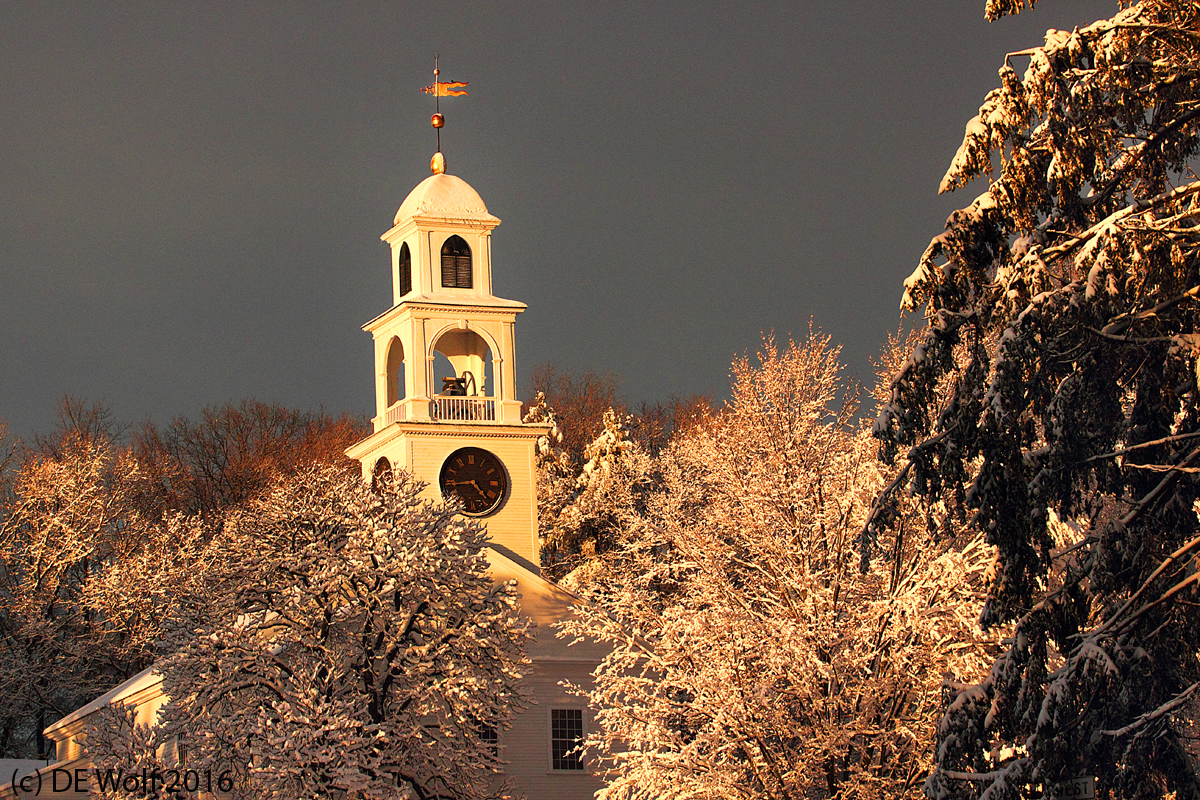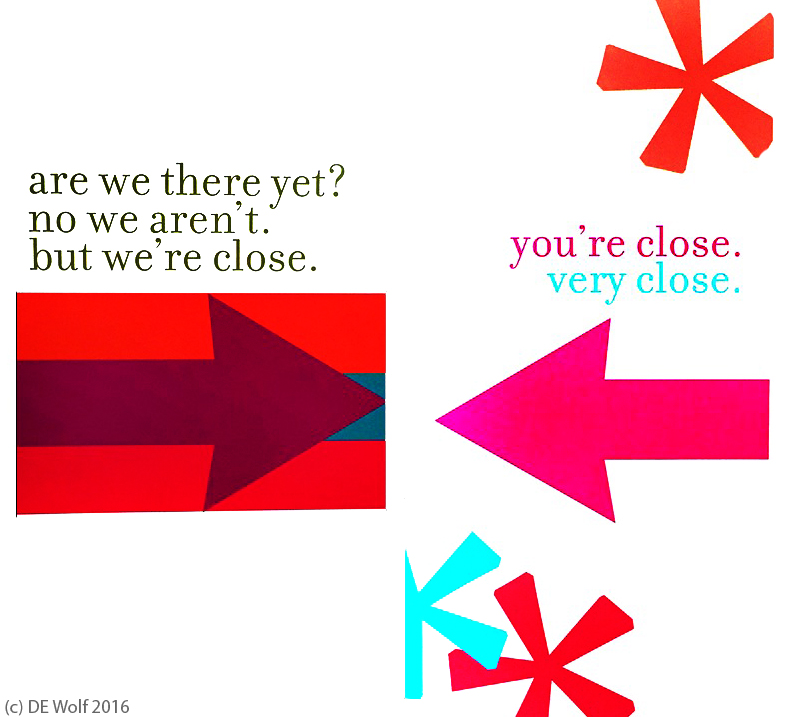Happy Valentine’s Day from Hati and Skoll to all lovers young and old. I was settling in on a pretty cold New England afternoon to my usual thoughts of Valentine’s Day and its relationship to the Roman Wolf Festival, The Lupercalia, when I was struck by a display of heart shaped cuts of beef at the local grocery store. This is captured in Figure 1. Shut your eyes and apologies, vegetarian and vegan readers. This is pretty gross stuff and likely to make vegans of us all – especially since I have a friend on Facebook who keeps posting the most amazing vegan recipes.
There may be a connection yet with Roman rituals. I learned this afternoon from an NPR article called the “The Dark Origins of Valentine’s Day,” that some pretty unsavory things happened on that day in the Roman past. It seems that during the feast of the Lupercalia. the men would sacrifice a goat and a dog. After seeing the movie Jurassic Park and hearing phrases like “scapegoat” and “Judas goat,” I have come to the realization that the world is not always kind to goats. But poor cuddly puppies are another thing! What the heck? And the real kicker is that the men would then whip the women with the hides of these victim animals. Most weirdly, the women were delighted because the ritual was thought to promote fertility. So I am left with an image in my mind that is much like that of Figure 1 and with the realization that women have certainly changed since Roman times.
But I cannot leave you, dear reader, with this image burned onto your retinas on Valentines Day. So let us enjoy instead the postcard image of Figure 2, “The Big Pink Heart” from the early twentieth century around 1910, which is when my grandmother and grandfather met and became Valentines. Don’t think about the expression “when in Rome do as the Romans do.”* Think love everyone, not cuts of beef, and then share it. The world could use a lot more than it has.
*”si fueris Rōmae, Rōmānō vīvitō mōre; si fueris alibī, vīvitō sicut ibi” (“if you should be in Rome, live in the Roman manner; if you should be elsewhere, live as they do there”). Attributed to St Ambrose.


